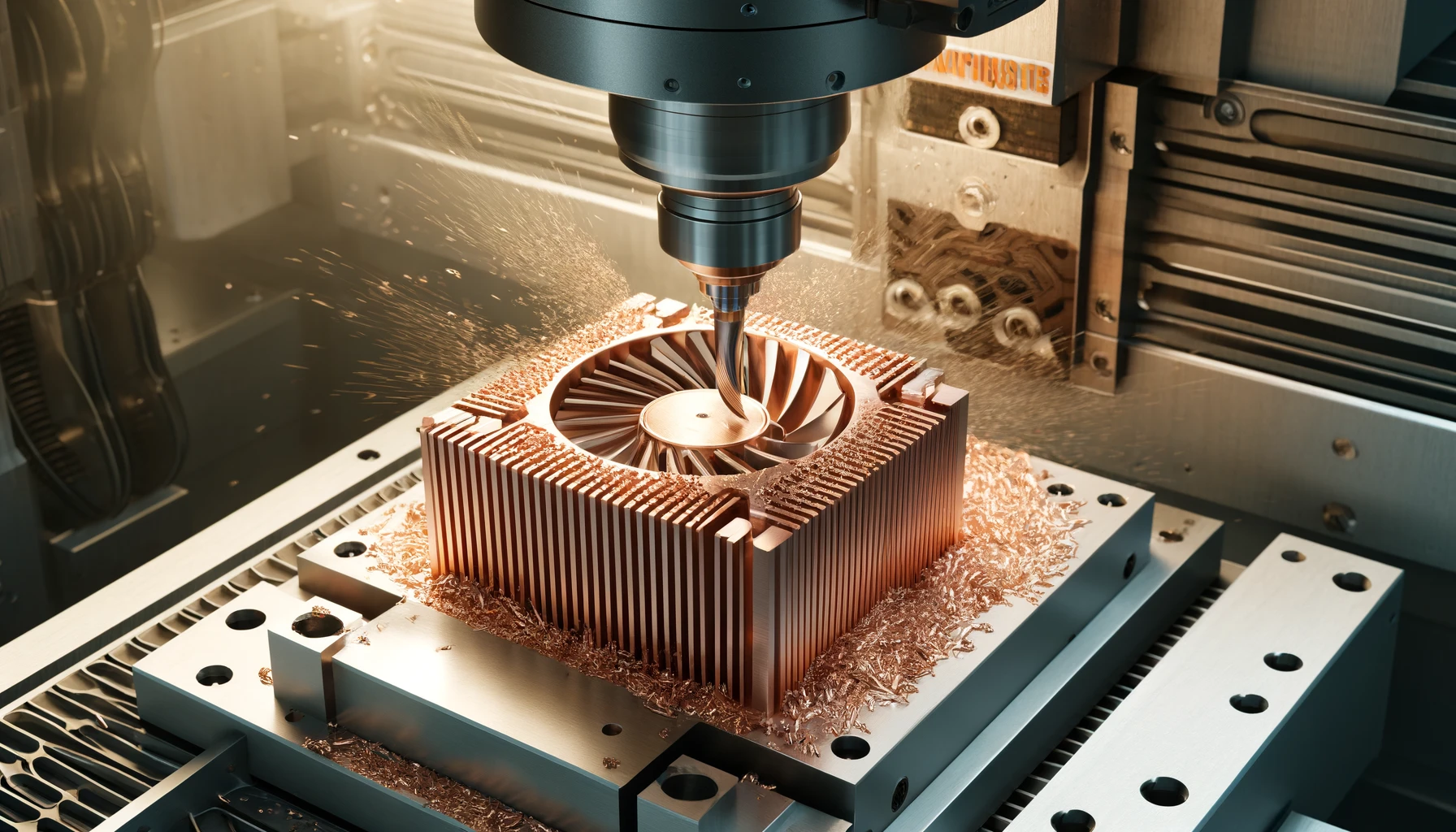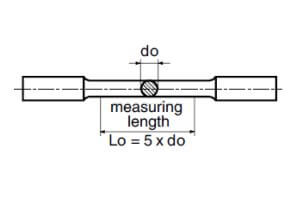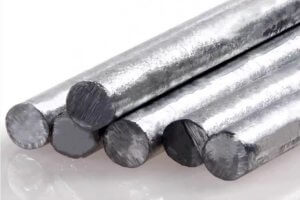Understanding Precision CNC Machining for Copper
The precision CNC machining process requires a deep understanding of the properties of copper. Copper is known for its excellent electrical conductivity, thermal conductivity, and corrosion resistance, but it is also a soft metal that poses unique challenges for CNC machining. Effective machining of copper requires specialized tooling and precise control over cutting parameters. The goal is to maintain the desired tolerances and surface finishes without damaging the copper material, which can be prone to work hardening and galling.
What Makes Copper Machining Technically Challenging?
- Material Softness and Machining Precision: Copper’s softness, while advantageous in some applications, makes it prone to deformation during machining. Achieving precise dimensions requires carefully selected tool geometry and material, as well as cutting parameters such as feed rate and speed. For example, a precision component like a connector pin must maintain its shape throughout machining to ensure proper fit in the final assembly.
- Heat Generation and Tool Wear: High thermal conductivity means copper dissipates heat quickly, but it can still cause overheating at the cutting edge due to its softness. Tool wear and damage can become significant issues, necessitating the use of specific tool coatings and geometries. An experiment showed that uncoated carbide tools lose their sharpness up to 40% faster than coated tools when machining copper.
What CNC Machine Features Are Crucial for Precision Copper Manufacturing?
To efficiently machine copper, a CNC machine must offer:
- Rigidity and Stability: The machine structure should minimize vibration, crucial when machining a soft material like copper to maintain dimensional accuracy and surface finish.
- High-Speed Machining Capabilities: High spindle speeds and rapid feed rates allow for efficient machining of copper, as it minimizes heat buildup and tool wear. High-speed CNC machines can reduce cycle times by up to 30% for copper components.
- Advanced Cooling and Lubrication Systems: Flood or mist cooling is essential to dissipate heat and reduce tool wear when machining copper. Machines equipped with high-pressure coolant systems can increase tool life by 25% during copper milling.
- Precision Tool Holders and Cutting Tools: Accurate tool holders and cutting tools are essential for minimizing runout and ensuring precise cuts. Balancing tool holders for high-speed operation can reduce vibration and improve surface finishes.
How Does Tool Selection Impact Precision Copper Machining?
Tool selection is critical for successful copper machining:
- Coatings: Coatings like titanium nitride (TiN) or diamond-like carbon (DLC) improve tool life and reduce adhesion when machining copper. A comparative study showed that tools with TiN coating can last up to 60% longer than uncoated tools.
- Geometry: The rake angle and relief of the cutting tool should be optimized for copper, with larger rake angles and sharper cutting edges to minimize heat generation and maintain surface quality.
- Material: Carbide and high-speed steel (HSS) tools are commonly used for copper. Carbide tools generally offer better wear resistance, though HSS tools are more cost-effective for small production runs.
- Tool Tables
| Tool Type | Material | Coating | Use Cases | Tool Life Enhancement (%) | Speed Range (RPM) |
|---|---|---|---|---|---|
| Flat End Mill | Carbide | TiN | Profile milling | 45% | 12000-20000 |
| Ball End Mill | Carbide | TiAlN | Surface contouring | 35% | 8000-15000 |
| Drill Bit | HSS | TiN | Hole drilling | 20% | 3000-6000 |
| Reamer | Carbide | DLC | Hole finishing | 30% | 4000-8000 |
| Tap | HSS | None | Threading | N/A | 2000-5000 |
| Insert Cutter | Carbide | CVD Diamond | Precision grooving | 50% | 10000-20000 |
| Form Tool | PCD | CVD Diamond | Complex shapes | 70% | 5000-12000 |
How Important is CAD/CAM Programming in Copper Machining?
CAD/CAM programming plays a vital role in copper machining, influencing tool paths, machining strategies, and accuracy:
- Tool Path Optimization: Optimized tool paths reduce machining time and tool wear. For example, trochoidal milling paths can reduce tool engagement, improving tool life.
- Simulation and Verification: Simulation software verifies the machining process before it starts, reducing errors and material wastage. For complex copper parts, simulation can improve setup time by up to 50%.
- Adaptive Machining Strategies: Adaptive strategies dynamically adjust feed rates and spindle speeds based on real-time feedback, ensuring consistent quality and reducing scrap rates.
- Efficiency Metrics
| Strategy | Time Saved (%) | Tool Life Extended (%) | Error Reduction (%) |
|---|---|---|---|
| Trochoidal Milling | 35 | 20 | 30 |
| Dynamic Feed Control | 25 | 15 | 20 |
| 3D Simulation | 50 | 30 | 60 |
| Real-Time Feedback | 20 | 25 | 40 |
What Quality Control Measures are Essential for Precision Copper Parts?
Quality control is essential to meet stringent tolerances and specifications:
- Dimensional Inspection: Coordinate Measuring Machines (CMMs) and optical comparators verify dimensional accuracy. CMM inspections can detect deviations as small as 1 micron in copper parts.
- Surface Finish Evaluation: Surface finish impacts part functionality and aesthetics. Surface profilometers measure roughness to ensure the finish is within specifications.
- Non-Destructive Testing: Ultrasonic and eddy current testing detect internal defects without damaging the part. For high-stress applications like aerospace, NDT can reduce failure rates by up to 80%.
VII. Case Study: Achieving High Precision in Copper Heat Sinks
A CNC machining company faced a challenge in producing precision copper heat sinks for a high-performance electronics manufacturer. The heat sinks required:
- Tight Tolerances: ±0.01mm for optimal heat dissipation.
- Complex Fin Geometry: To maximize surface area for cooling.
- Smooth Surface Finish: Below 0.8 Ra to minimize thermal resistance.
Solution:
- High-Speed Machining: A high-speed CNC machine with a spindle speed of 18,000 RPM enabled precise milling of the thin fins without causing burrs or deformation.
- Advanced Tooling: TiN-coated carbide tools ensured durability and maintained the required surface finish across the production run.
- CAD/CAM Optimization: Tool paths were optimized using CAM software to reduce cycle times while maintaining the desired tolerances.
Outcome:
- Production Time Reduced: By 25% due to optimized tool paths and high-speed machining.
- Tool Life Increased: By 40% through the use of coated tools and effective cooling.
- Yield Improvement: Scrap rates reduced by 15% through better quality control and process optimization.
Other Articles You Might Enjoy
- Precision CNC Machining for High-Performance Industrial Machinery
Precision CNC Machining for High-Performance Industrial Machinery The process of Precision CNC (Computer Numerical Control) machining is at the core of manufacturing high-performance industrial machinery. This technique leverages a computer's…
- CNC Machining for Medical Applications: Compliance and Material Selection?
Introduction to CNC Machining in Medical Applications CNC or Computer Numerical Control machining is a manufacturing process wherein pre-programmed computer software dictates the movement of factory tools and machinery. This…
- Elevating Precision Standards through Chamfer in CNC Machining
1. Introduction: The Pursuit of Unparalleled Precision In the realm of CNC machining, precision is paramount. This section introduces the article by exploring the significance of precision in manufacturing and…
- Precision Engineering: The Advantages of Using Copper Alloys in CNC Machining
Introduction to Precision Engineering and CNC Machining Precision engineering is a discipline that aims at designing machines, fixtures, and other structures that possess high levels of accuracy and stability. It…
- Material Versatility in CNC Machining: From Titanium to Thermoplastics
Introduction to CNC Machining CNC machining stands as a cornerstone in the manufacturing sector, enabling the precise creation of parts and components. This process utilizes computer numerical control (CNC) to…
- Precision Prowess: Unveiling the Advantages of China CNC Machining
1. Introduction: The Role of Precision in Manufacturing Excellence In this introductory section, we delve into the critical role that precision plays in manufacturing and set the stage for an…









